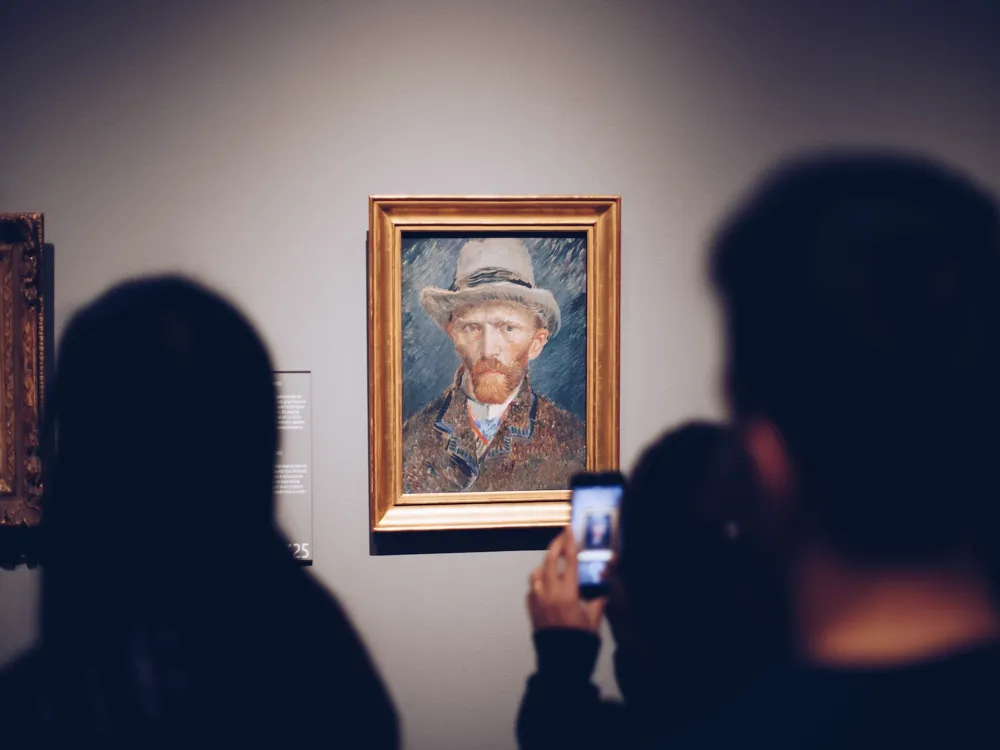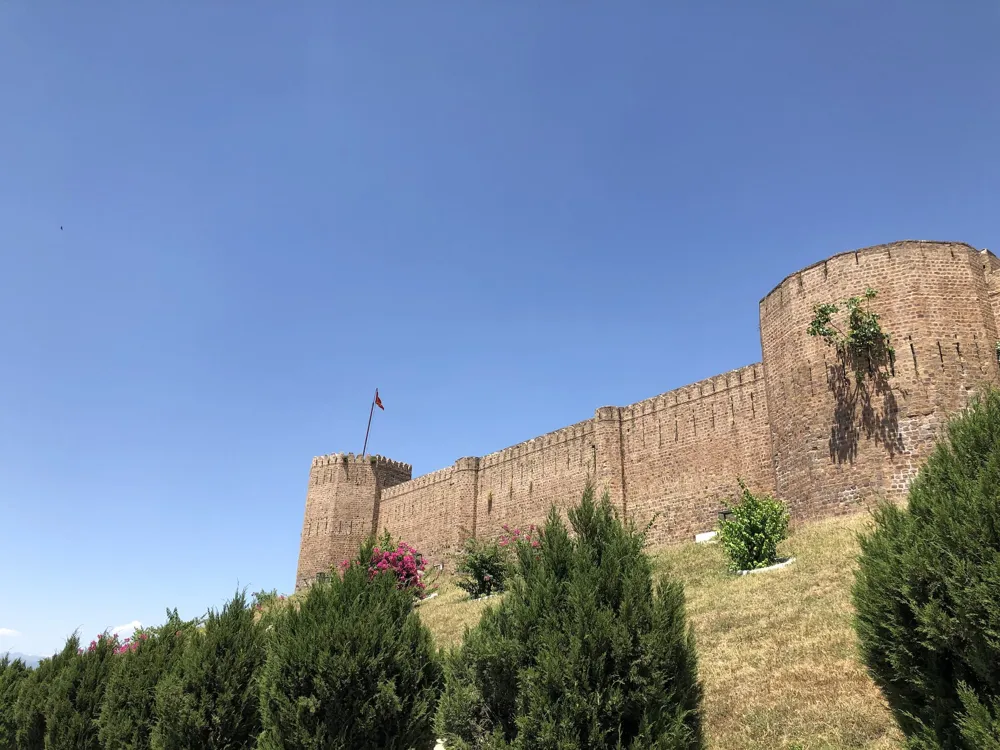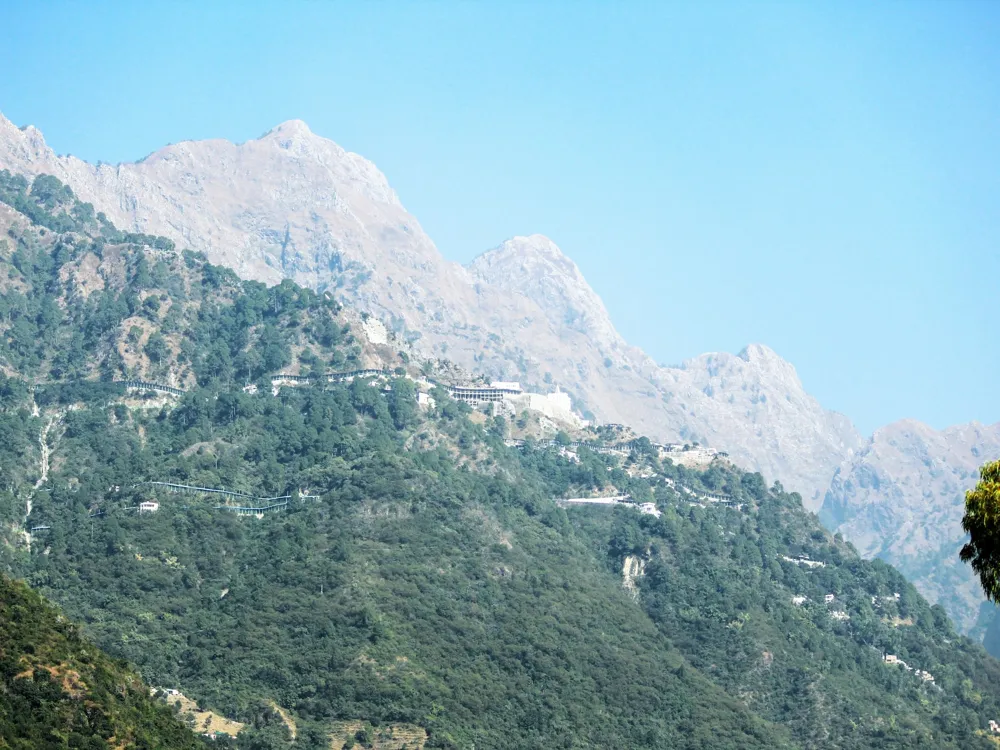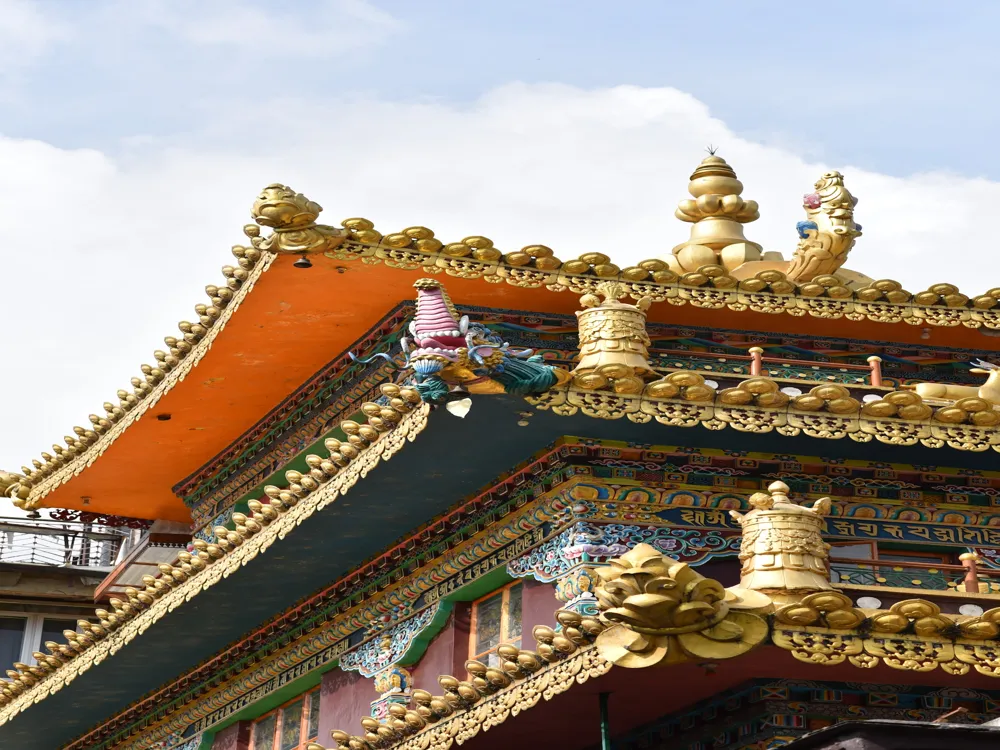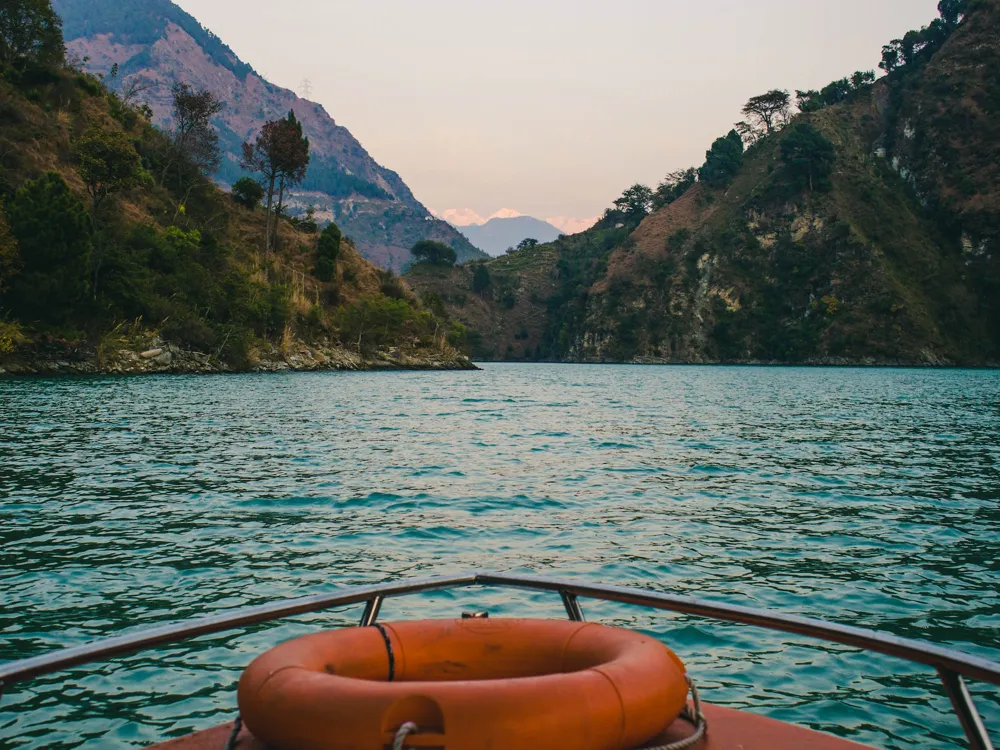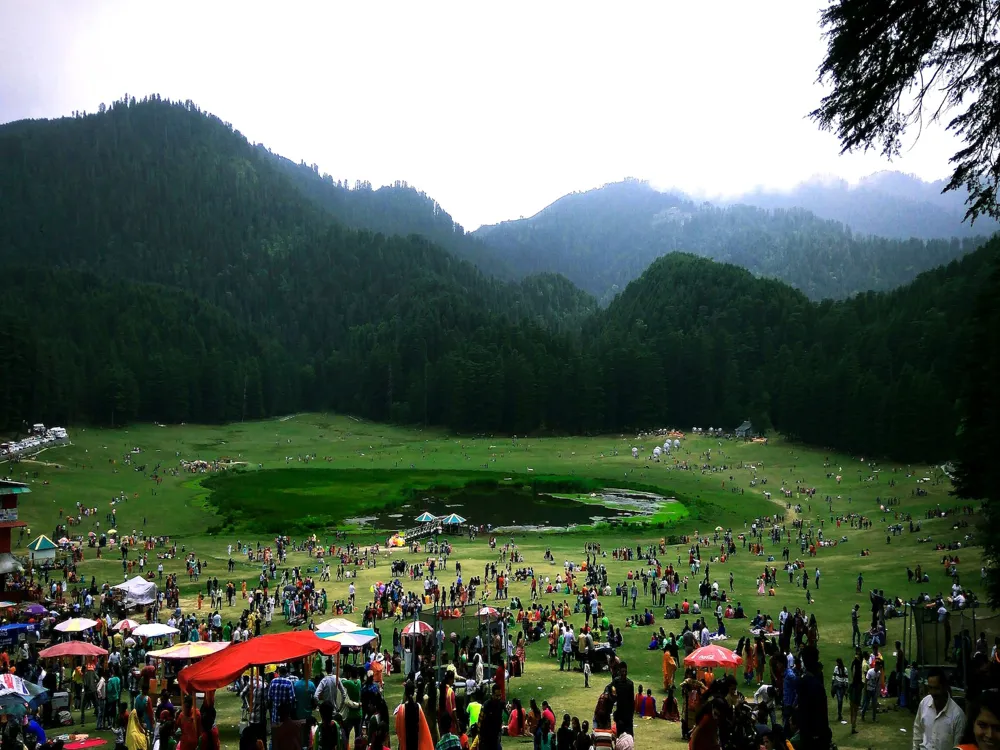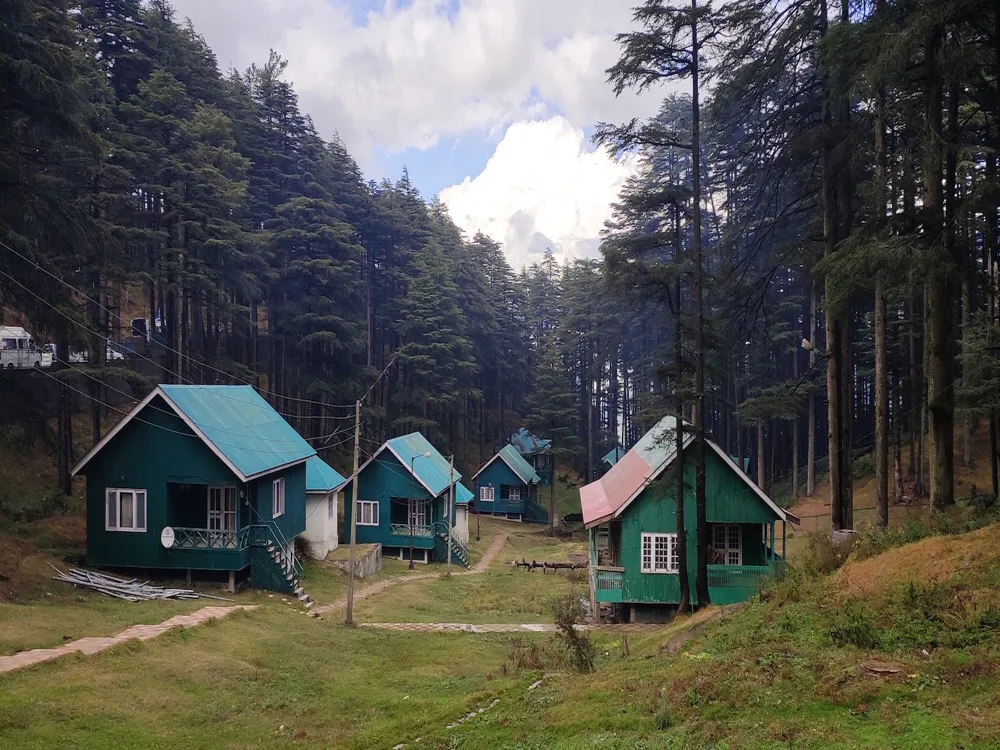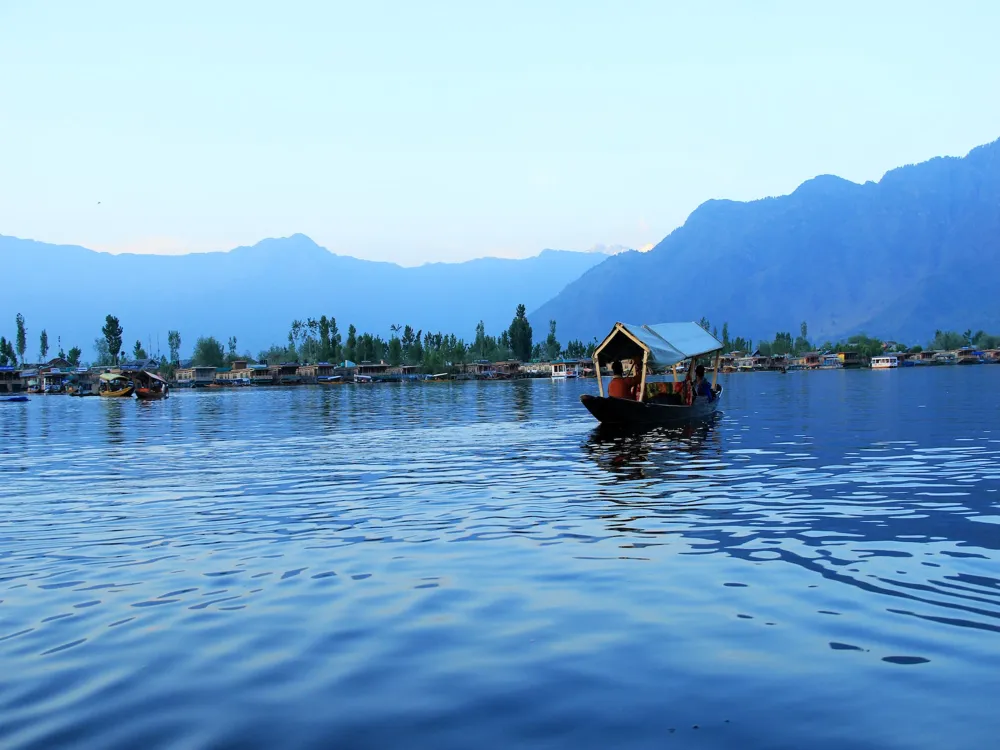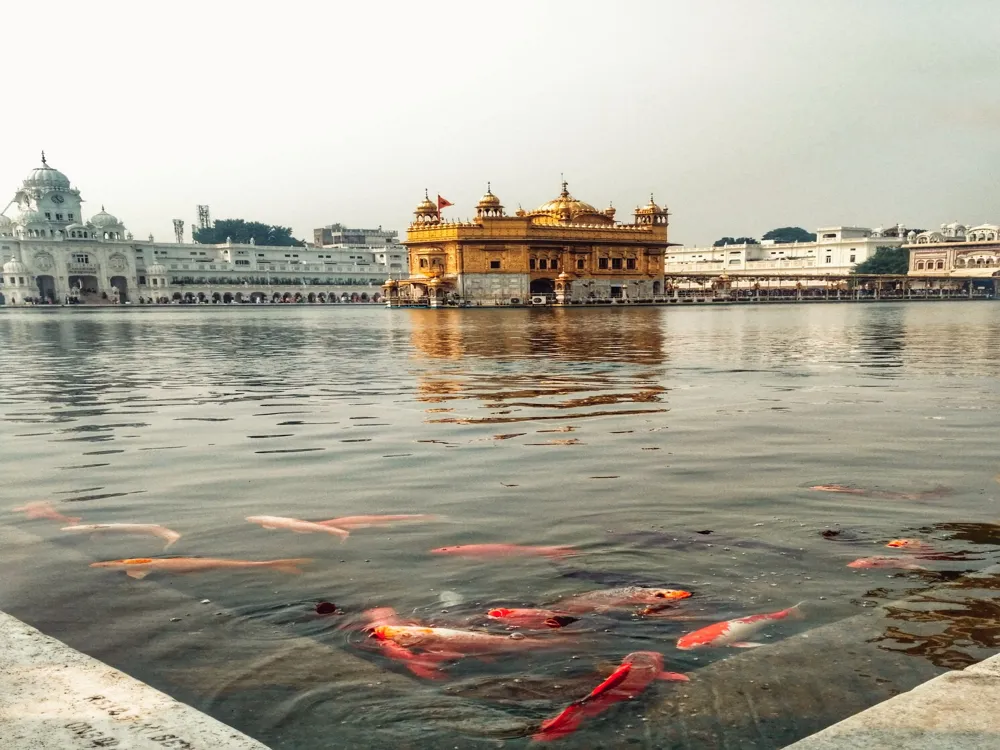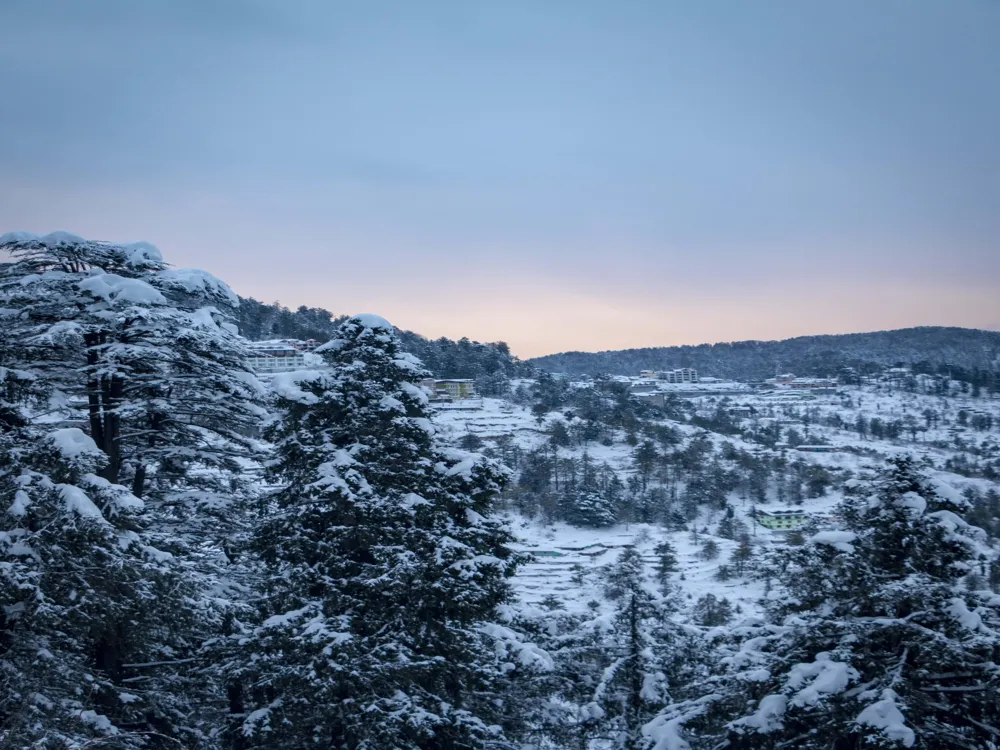Nestled in the picturesque landscape of Jammu and Kashmir, the Akhnoor Fort stands as a testament to the rich history and cultural heritage of the region. This historic fortification, located in the town of Akhnoor, is about 28 kilometers away from the city of Jammu. It's perched on the banks of the mighty Chenab River, offering breathtaking views and a serene atmosphere. The fort's strategic location has played a significant role in the history of the northern Indian subcontinent. The origins of Akhnoor Fort trace back to the Harappan civilization, as evidenced by the ancient terracotta figures and pottery found in the area. The fort, as seen today, was primarily built by Raja Alam Singh in 1762. This majestic fort is not just a symbol of the past but also a beacon of architectural brilliance. It has witnessed numerous historical events, including invasions and battles, which shaped the destiny of the region. The fort's architecture reflects a blend of Mughal and Rajput styles, which is evident in its ornate designs and robust construction. Exploring Akhnoor Fort is like taking a walk through the pages of history. The fort comprises various structures such as watchtowers, residential quarters, and administrative buildings, each narrating a unique story of its own. The panoramic views of the surrounding landscape from the fort are mesmerizing, making it a popular spot for tourists and history enthusiasts alike. The architecture of Akhnoor Fort is a remarkable example of the fusion of Mughal and Rajput styles, showcasing the cultural confluence that this region has witnessed over centuries. The fort is spread over a large area and is fortified with thick walls made of sandstone. These walls have stood the test of time and weather, bearing the marks of history. One of the most striking features of Akhnoor Fort is its grand entrance, which is adorned with intricate carvings and detailed artwork, a characteristic of Mughal architecture. The Rajput influence is evident in the fort's rugged and imposing structure, designed for defense and warfare. The fort has several bastions and watchtowers, strategically placed for surveillance and protection against invaders. Inside the fort, one can find beautiful courtyards and gardens, a hallmark of Mughal aesthetics. These areas were used for relaxation and royal gatherings. The palaces and residential quarters within the fort exhibit fine craftsmanship, with ornate pillars, arches, and balconies. The blend of these architectural styles creates a unique and captivating ambiance that transports visitors back in time. The fort's layout is thoughtfully designed, with residential areas separated from the administrative and military sections. This segregation ensured efficient management and security of the fort. The administrative buildings display a more functional and robust architecture, while the residential quarters are more elaborate and decorated, reflecting the status and lifestyle of the royals who lived there. Another notable aspect of the fort's architecture is the use of local materials like sandstone and limestone, which not only made the construction sturdy but also gave it a distinctive color and texture. The use of these materials also reflects the resourcefulness and ingenuity of the architects and builders of that era. The ideal time to visit Akhnoor Fort is between October and March when the weather is pleasant, and the natural beauty of the region is at its peak. Summers can be quite hot, and the monsoon season might make the terrain challenging to navigate. Comfortable clothing is recommended, preferably in layers, as the temperature can vary. Comfortable walking shoes are a must as there's a lot of ground to cover within the fort. Don't forget to carry a hat and sunglasses for protection against the sun. The fort offers numerous spots for photography enthusiasts. Early morning and late afternoon light provide the best natural lighting for capturing the architectural beauty of the fort. Also, capture the panoramic views of the Chenab River and surrounding landscape. While the fort is relatively safe, it's always advisable to stay within designated areas and follow the guidelines. Parts of the fort might have uneven terrain, so be cautious while exploring. The fort is accessible by road, but some areas might not be wheelchair accessible. Hiring a local guide can enhance your experience, as they can provide in-depth historical insights and take you to lesser-known parts of the fort. There are also audio guides available at the entrance for those who prefer a self-guided tour. Akhnoor Fort is well-connected by road and is easily accessible from Jammu, the nearest major city. The drive from Jammu to Akhnoor is scenic and takes about an hour. Public transport like buses and taxis are readily available from Jammu. For those preferring a more personalized experience, hiring a car is a good option. The nearest airport is Jammu Airport, and the nearest railway station is also in Jammu, making it convenient for visitors traveling from different parts of the country. Read More:Overview of Akhnoor Fort, Jammu and Kashmir
Architecture of Akhnoor Fort
Tips When Visiting Akhnoor Fort
Best Time to Visit
What to Wear
Photography Tips
Safety and Accessibility
Local Guides and Tours
How to Reach Akhnoor Fort
Akhnoor Fort
Jammu
Jammu And Kashmir
₹ 5,000 onwards
View jammu Packages
Weather :
Tags : Forts & Palaces
Timings : 9:00 AM - 8:00 PM
Planning a Trip? Ask Your Question
Jammu Travel Packages
View All Packages For Jammu
Top Hotel Collections for Jammu

Private Pool

Luxury Hotels

5-Star Hotels

Pet Friendly
Top Hotels Near Jammu
Other Top Ranking Places In Jammu
View All Places To Visit In jammu
View jammu Packages
Weather :
Tags : Forts & Palaces
Timings : 9:00 AM - 8:00 PM
Planning a Trip? Ask Your Question
Jammu Travel Packages
View All Packages For Jammu
Top Hotel Collections for Jammu

Private Pool

Luxury Hotels

5-Star Hotels

Pet Friendly








